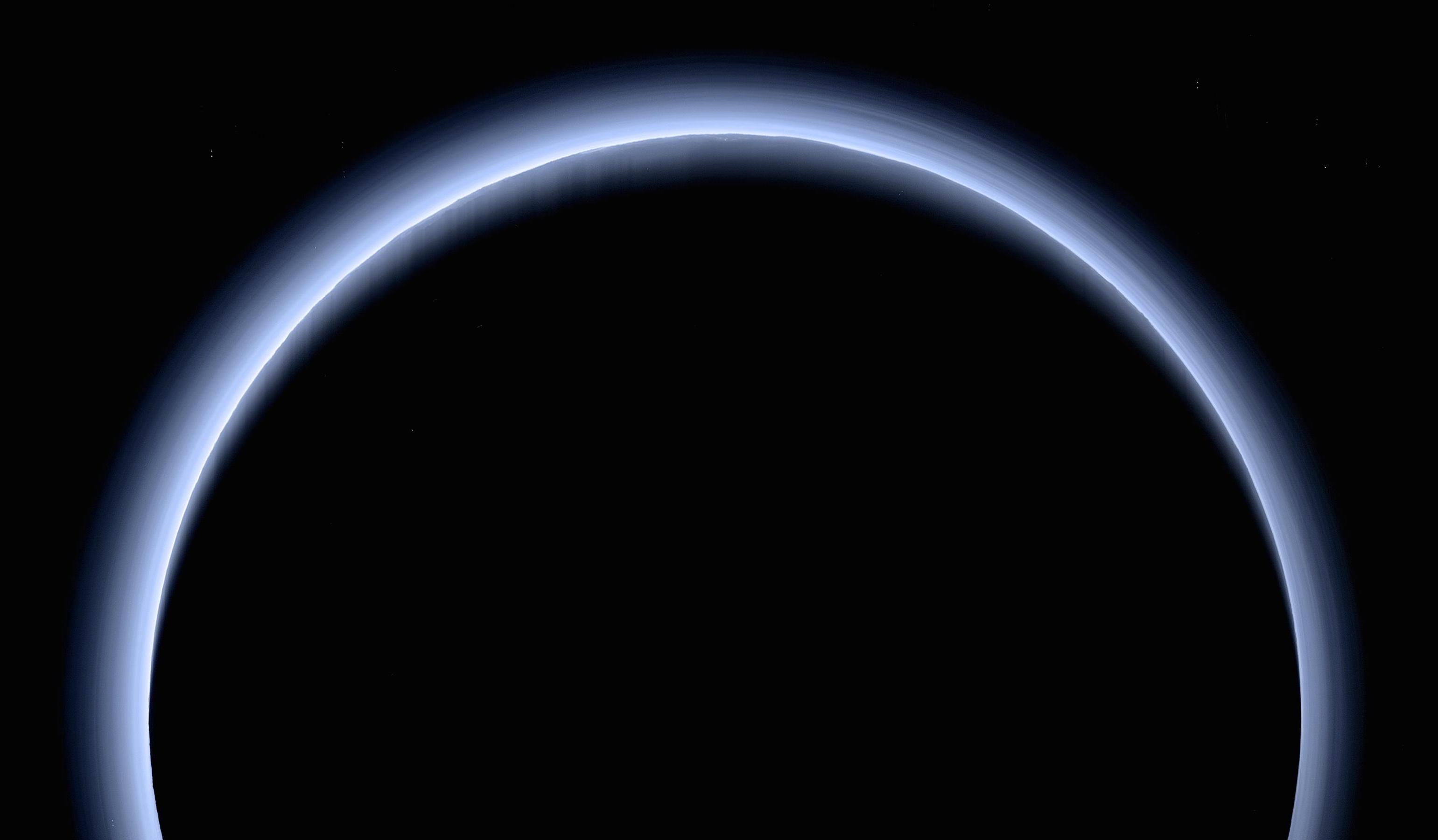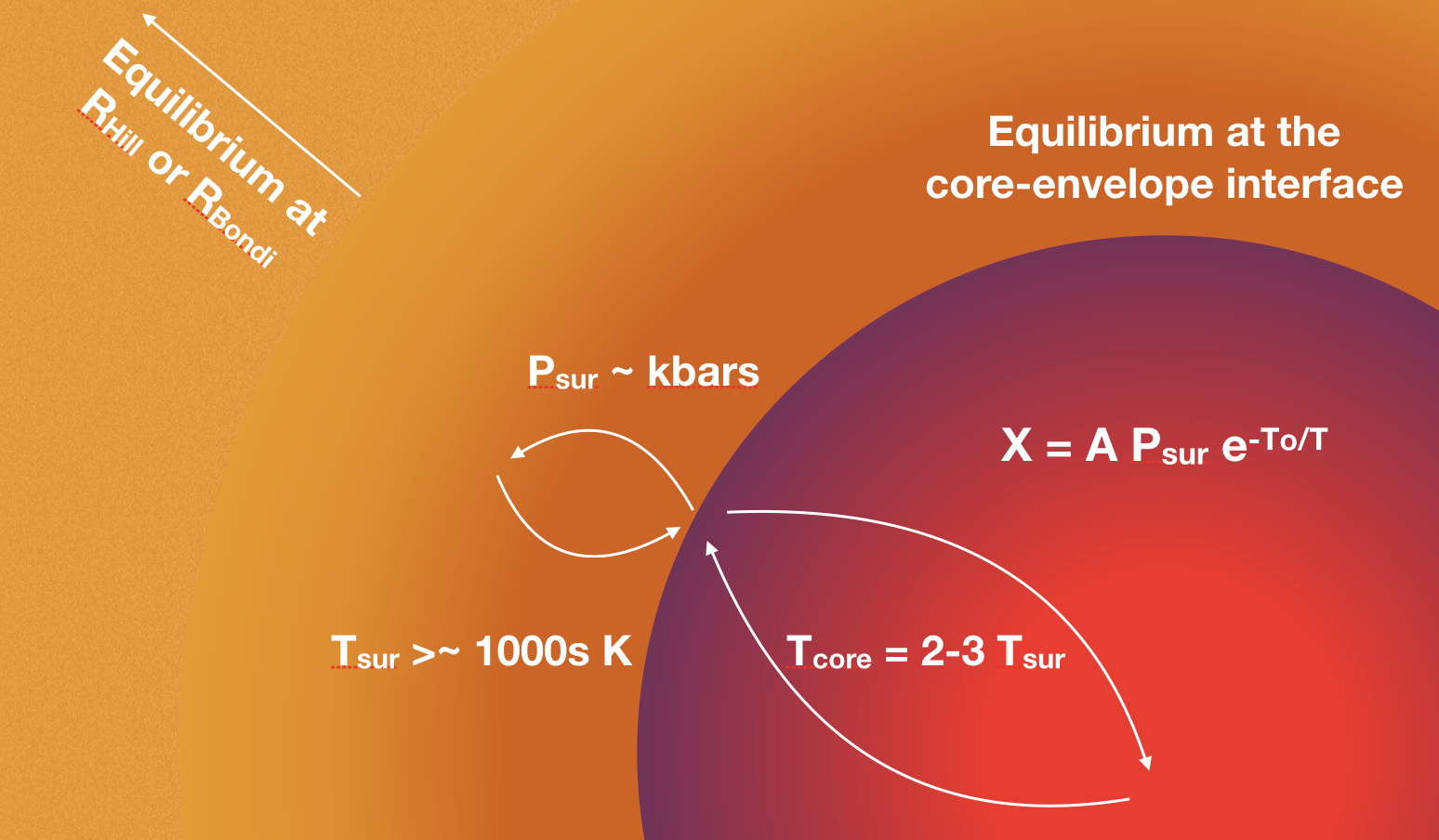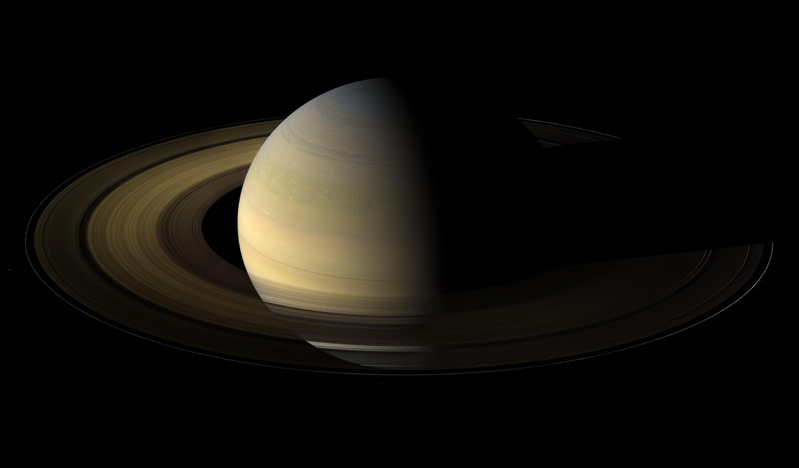
Spectroscopic Characterization of Exoplanetary Atmospheres
I reduce and analyze data from the Hubble and Spitzer Space Telescopes to characterize planetary atmospheres. Currently, I am studying the transmission spectrum of the ultra-hot Jupiter KELT-20 b. Ultra-hot Jupiters are great targets for characterization and for relating planet formation to composition because all their consituents are in gaseous form and visible to us (Chachan et al. 2023). Previously, I studied the quintessential warm-Neptune HAT-P-11 b in detail and found that its atmosphere is atypically poor in heavy elements (Chachan et al. 2019). I also used Hubble data to study the extremely low-density planet Kepler 79 d and argue that high altitude hazes can explain the spectra and mass loss histories of such planets (Chachan et al. 2020). To interpret atmospheric spectra, I co-developed the open source forward and retrieval modelling code PLATON with Michael Zhang (Github, Zhang et al. 2019, Zhang et al. 2020).



